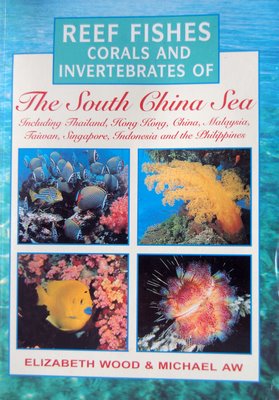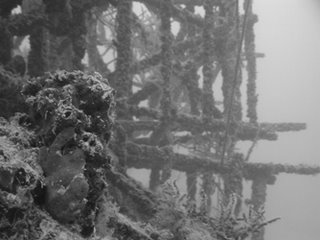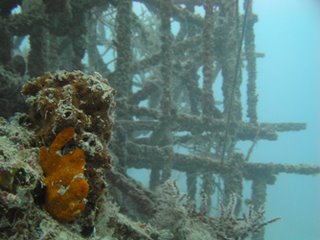Tuesday night Shirish and I started our rescue diver course with PADI. One thing I had hoped to do was to go through the course with SSI or NAUI but it just didn’t work out. I have nothing against PADI but wanted to see what one of the other organisation’s training methods was like.
In PADI, you have to also certify as an Emergency First Response/Responder (EFR) or basically just get some training in fundamental first aid skills. The EFR training is not scuba specific, in fact, all the scenarios were from the office or other non-scuba situations. Overall, it is very valuable training.
A few months ago I was chatting with a friend and we were griping about Malaysian traffic. We then started talking about the high probability of seeing a road accident or coming upon one just a few moments after it had happened. I have a strong belief in “Be Prepared” so we talked with a friend of ours who used to be a paramedic in the
The difference, I found, was the PADI session was conducted by a trainer who probably had never or only once or twice had to administer first aid in an emergency situation. When we trained with my friend, he obviously had been in hundreds of situations where he was part of a team administering first aid. Although the information wasn’t different, I found his sessions better than the PADI sessions.
Maybe I misunderstand the PADI EFR training but I believe it is a certification developed by PADI. Wouldn’t it be easier to outsource this training, and in the place of EFR require an internationally recognized certification that is conducted in a hospital, university, clinic, the Red Cross/Crescent or by the fire brigade? Then first aid professionals are training the students rather than someone who has studied first aid and rescue in theory only.
Here is a course syllabus for training through the Red Cross. This is a course in the
CPR/AED for the Professional Rescuer - 9 1/2 hours, $74
Our professional rescuer courses are designed for people who have a job-related duty to respond in an emergency. This course is known by other names such as BLS, Healthcare Provider CPR or “Level C” CPR.
Students who are required to take this level of training include nurses, law enforcement and
Upon completion participants will receive a one year certification in CPR and Automated External Defibrillator (AED) for the Professional Rescuer. The books and pocket masks used during the class are included in the fee and are the students’ to keep after the course.
Professional rescuers will learn how to:
- Recognize and provide care in respiratory and cardiac emergencies in adult, child and infant victims
- Perform two-rescuer CPR and techniques for special rescue situations
- Utilize techniques used in saving a victim of choking
- Use resuscitation masks and bag-valve-masks for ventilating victims
- Use an Automated External Defibrillator (AED)
- Reduce the risk of cardiovascular disease
I don’t want to be negative but I do want to think outside the box. I do appreciate what PADI is trying to do in training peo








